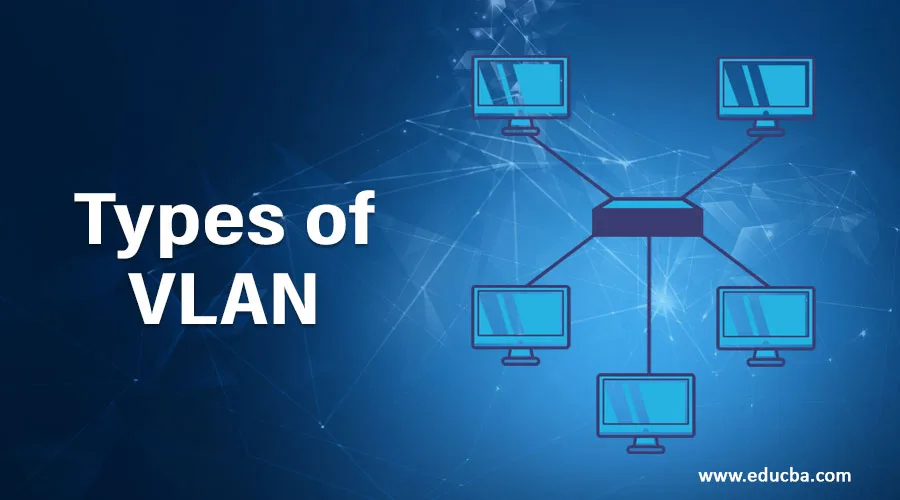
Introduction to Types of VLAN
VLAN (Virtual Local Area Network) will make our network management very simpler. Before we setting up the VLAN network, we need to understand the VLAN, different types of VLANs and some benefits for your business, as well as the reason to implement the VLAN.
VLAN is the grouping of one or more LANs to communicate with each other, in fact, those are located in a different LAN segment because it is based on logical instead of a physical connection. VLAN allows the computer in the network and users to communicate with each other and sharing in the broadcast domain. There are several devices such as switches, bridges, HUB, servers are connected together and process the data transfer in the network is known as LAN. The several LAN are connected virtually to work in a group is known as VLAN. It is scalability, security, and ease of network management. The purpose of implementing VLAN is to improve performance and secure. VLAN membership can be configured via software with simple network design.
Function of VLAN
The function is to separate layer 2 traffic. When the host in one VLAN cannot able to communicate data between the host in another VLAN, so here router is placed to pass the data between these two. We can connect all the hosts in one switch to connect each group, but the cost is prohibitive, so preferred for VLANs to broadcast the data. Also, the other best reason is for the secure data transfer between two hosts. The only members in the VLANs can be access the network and data.
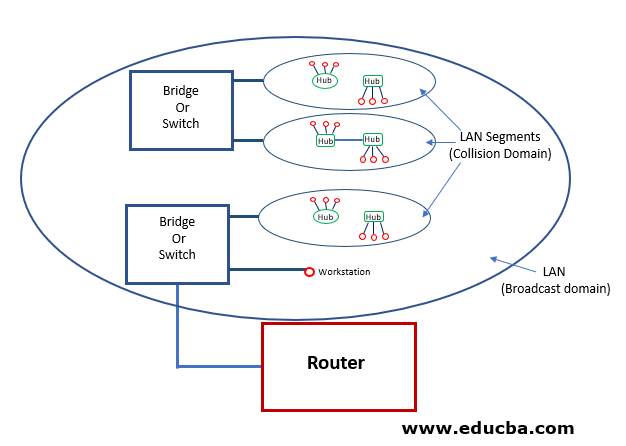
Types of VLAN
There are five main types of VLANs depending on their purpose:
- Management VLAN
- Data VLAN
- Voice VLAN
- Default VLAN
- Native VLAN
1. Management VLAN
It is a separate VLAN set up for management traffic like system/application logging, monitoring, and other management-related sensitive tasks. When we see the benefits apart from security, the bandwidth is high when the number of the user makes the traffic at the same time.

2. Data VLAN
The data VLAN is also called as user VLAN because it is designed only for user-generated data. The network can be designed based on a group of users or workgroups. Take an example of an institute, the network workgroup would be configured based on departments. Likewise, it can occur in all business units and when we set up this network, we need to spend some time understanding the landscape how best to group the users. Popular Course in this categoryCyber Security Training (12 Courses, 3 Projects)12 Online Courses | 3 Hands-on Projects | 77+ Hours | Verifiable Certificate of Completion | Lifetime Access
4.5 (6,379 ratings)Course Price
₹6999 ₹41999
View Course
Related CoursesWindows 10 Training (4 Courses, 4+ Projects)JWS Java Web Services Training (4 Courses, 11 Projects)Java Training (40 Courses, 29 Projects, 4 Quizzes)
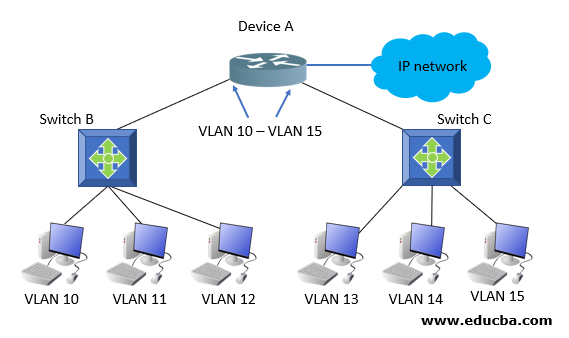
3. Voice VLAN
The organization using the voice over IP (VoIP) with the help of a separate voice VLAN. It will preserve the bandwidth of other applications and need to ensure voice quality.
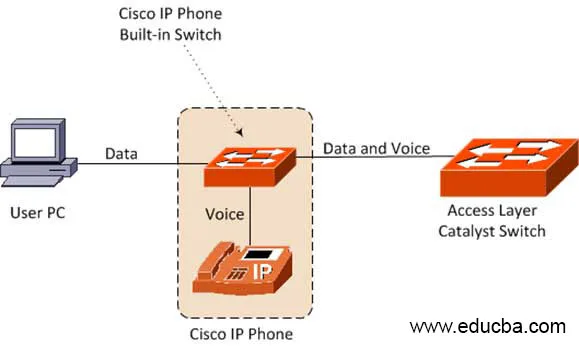
4. Default VLAN
The default VLAN can be referred to as two types. The first one is referred to all the ports on the device is belong to one when the switch is on. On the second one refers, some network manager is configured with the VLAN based on all the ports are assigned even when the switch is not in used.

5. Native VLAN
The native VLAN is one the untagged traffic accept when it is received on the trunk port. This is most commonly used for the legacy or unsupported devices which didn’t tag. It is most likely a wireless access point to the network.
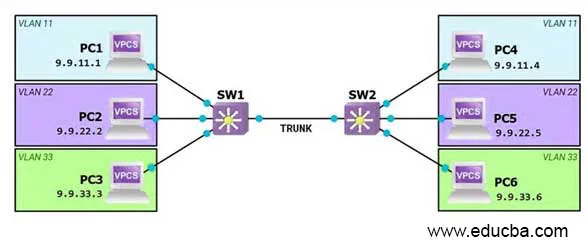
Benefits of VLAN
When implement these technologies VLAN will give you some benefits to your business which are simple, secure and experience to the users
1. Improved security
- Using VLAN it will reduce internal and external threats.
- The user can access the network only for their unique responsibilities.
- When the attackers enter into the VLAN network, it has some boundaries to access the system.
2. Easier fault management
- When there is an error occurs, it can easily troubleshoot the issue because the user is in different groups and isolated from one another.
- We can find the error complaints faster when coming from a certain subset from the user and easily narrow down.
3. Simplified administration for network-manager
- Virtualization is one of the best things which simplifies management.
- Using logic to group the users in the network which have the unique policy control level.
- The access can be easily controlled when a user moving to another group or workstation.
4. Improved quality of services
- The traffic is very high so the user experiences a better performance.
- Making a priority in traffic is much easier.
Why we use the VLAN
- It will reduce to buy enough switches
- Segment our networks into multiple subnets
- Control traffic in the data flow
- Restrict the access for the users to use the system within the network
- It will reduce latency and network traffic.
- It can be easy to manage even it is located in a different geographical location
- Relocation of the network is much easier
Recommended Articles
This has been a guide to Types of VLAN. Here we discuss the basic concept, functions, types, and benefits of VLAN. You may also have a look at the following articles to learn more –
